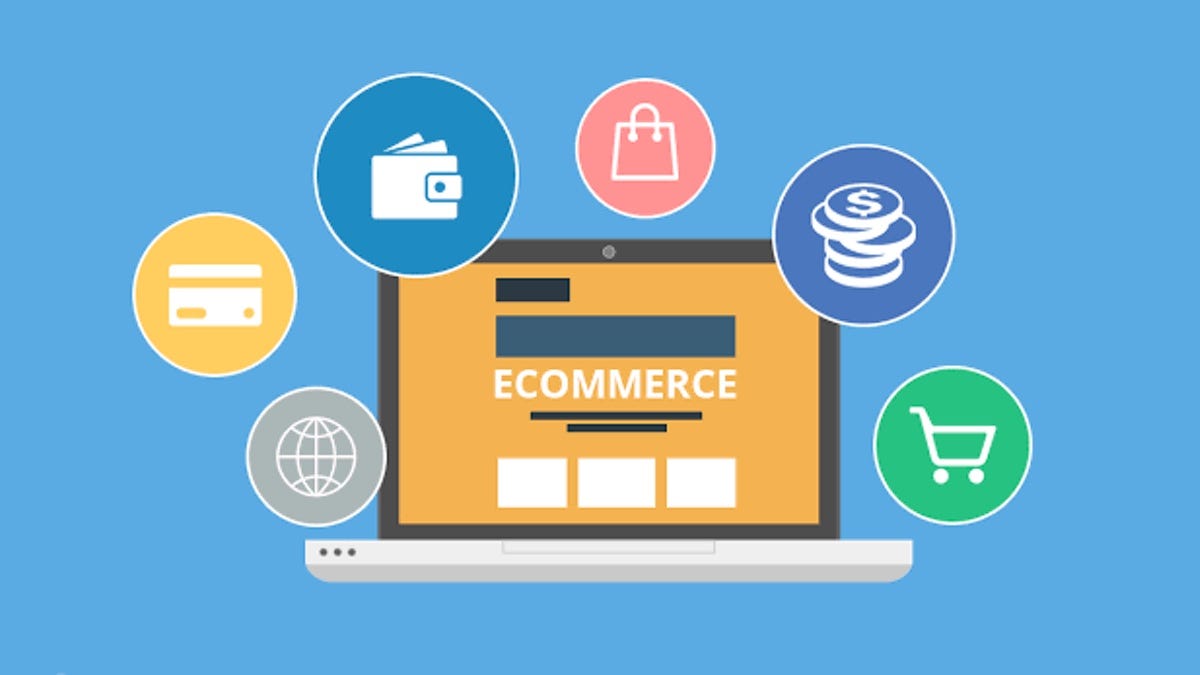
An online storefront is essentially the digital version of a physical retail store. It’s a website or platform where businesses display and sell their products or services directly to customers over the internet.
Here’s a breakdown of what an online storefront entails and key elements to consider:
What an Online Storefront Is:
- Digital Presence: It’s your business’s online address, accessible to customers anytime, anywhere.
- Product Display: It allows you to showcase your products with images, descriptions, and pricing, much like a physical store’s shelves.
- Shopping Cart & Checkout: Customers can add items to a virtual cart and complete purchases through a secure payment system.
- Backend Management: It includes tools for managing inventory, processing orders, tracking sales, and often integrates with shipping and customer service.
Key Elements of an Effective Online Storefront:
- Brand Identity:
- Brand Name, Logo, and Domain Name: These are crucial for recognition and should be consistent. Your domain name (website address) should be simple and easy to remember, ideally matching your brand name.
- Visual Design: A clean, visually appealing design that aligns with your brand’s aesthetics (colors, fonts, layout) is vital for attracting and retaining customers.
- User Experience (UX):
- Catalog and Product Placement: Products should be organized logically, with popular or new items prominently displayed. High-quality images and detailed descriptions are a must.
- Easy Navigation: A clear menu and intuitive layout help customers find what they’re looking for quickly.
- Call-to-Action (CTA): Clear and compelling buttons to encourage purchases (“Add to Cart,” “Buy Now”).
- Login/Sign-up: Options for returning customers to log in and track orders, and for new customers to create accounts.
- Mobile Responsiveness: Your storefront must look and function well on all devices (desktops, tablets, smartphones).
- Functionality:
- Payment Options: Offer a variety of secure payment methods (credit cards, digital wallets like PayPal, Apple Pay, etc.).
- Shipping Options: Clearly outline shipping rates, methods, and delivery timelines. Options like in-store pickup or local delivery can also be offered.
- Customer Support: Integrate online support, such as chatbots or live chat, to assist customers.
- Social Media Integration: Link to your social media profiles to build community and promote your brand.
- Social Proofing: Display customer reviews, testimonials, and trust marks (e.g., security certificates) to build confidence.
- Marketing & Growth:
- SEO (Search Engine Optimization): Tools and features to help your store rank higher in search engine results.
- Marketing Tools: Built-in features for email campaigns, promotions, and connecting to marketplaces like Amazon, Instagram, Facebook, Etsy, and eBay.
- Analytics and Reporting: Tools to monitor sales, traffic, and other key performance indicators to optimize your strategy.
How to Set Up an Online Storefront:
- Define Your Products & Niche: Decide what you want to sell and who your target audience is. This will guide your platform choice and marketing efforts.
- Choose an E-commerce Platform: This is a crucial step. Popular options include:
- Shopify: Known for its comprehensive features, scalability, and ease of use, suitable for various business sizes.
- Wix: Offers a user-friendly drag-and-drop builder and various templates, good for beginners.
- Squarespace: Focuses on beautiful design templates, popular with creatives.
- BigCommerce: Geared towards larger businesses with robust features and scalability.
- Square Online: Good for businesses that also have a physical presence, offering integrated online and in-person sales.
- Amazon Storefronts: If you primarily want to sell on Amazon, you can create a dedicated storefront within their marketplace.
- WooCommerce (for WordPress): A popular plugin for WordPress if you want more control and flexibility, requiring some technical knowledge.
- Design Your Storefront: Customize a theme or template to match your brand’s aesthetic.
- Add Products: Upload high-quality product images, write compelling descriptions, and set pricing.
- Set Up Payment and Shipping: Integrate secure payment gateways and define your shipping policies and rates.
- Configure Company Information: Add “About Us” page, contact information, and policies.
- Test Thoroughly: Before launching, test the entire purchasing process, from Browse to checkout, on different devices.
- Launch and Promote: Once everything is ready, launch your store and start marketing it through various channels (social media, SEO, email marketing, paid ads).
- Monitor and Optimize: Continuously analyze your store’s performance and make improvements based on data and customer feedback.








